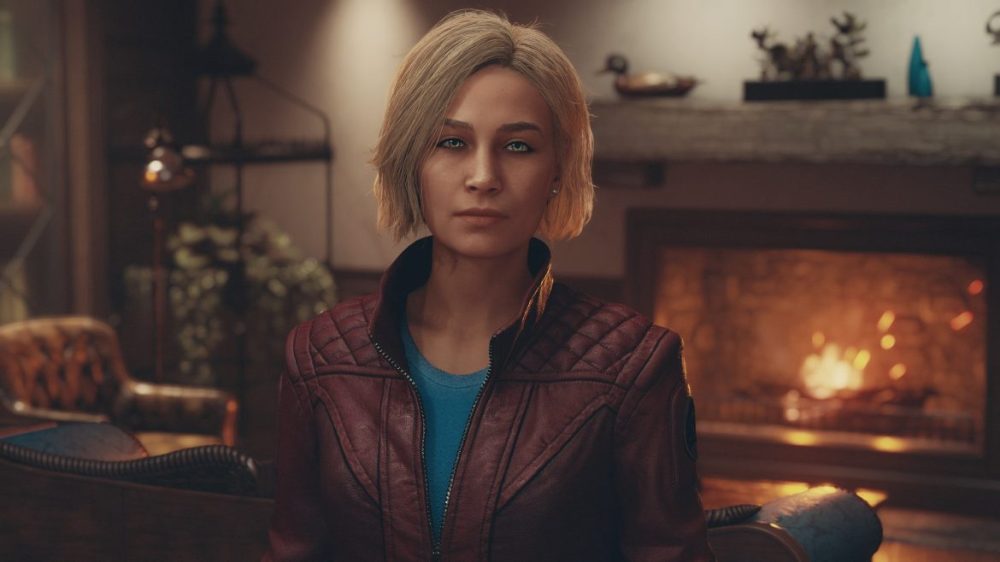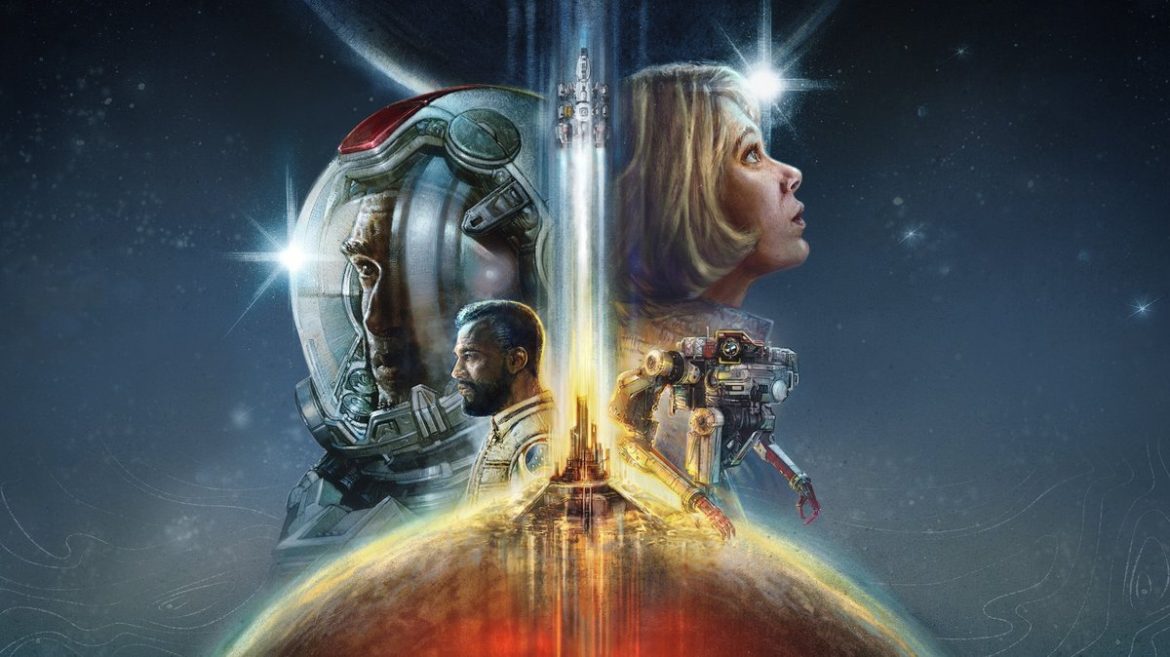TL;DR
Bethesda's highly anticipated new IP, Starfield, delivers a massive space-faring RPG experience with deep customization and exploration reminiscent of Skyrim in space. While it boasts impressive scale, engaging ship combat, and a compelling world, it's not without its flaws. Expect inconsistent visual polish, occasional sparse environments, and some familiar Bethesda quest design. However, the excellent sound design, intuitive systems, and that signature Bethesda "pull" that makes you keep playing shine through. If you love Bethesda's previous games or are a Game Pass subscriber, it's definitely worth diving in. Want to know if this space odyssey truly blasts off? Read the full review!
The release of a new role-playing game from Bethesda, now a Microsoft-owned gaming giant, is always a significant event. Their prior titles, including Elder Scrolls V: Skyrim and Fallout 4, have achieved tens of millions in sales and cultivated a dedicated fanbase. While many eagerly anticipate Elder Scrolls VI, Bethesda introduces a completely new IP, Starfield, a space adventure developed over 25 years, launching on Xbox, PC, and Game Pass. With high expectations, the critical question is whether the game can truly deliver.

In Starfield, players create and customize their avatar, refining everything from facial features to vocal characteristics, a staple of the role-playing genre. Similar to Skyrim, the adventure begins with a relatively constrained opening sequence. After an initial mission involving a mysterious space rock, the core gameplay loop emerges. Players undertake missions, navigate between planets via spaceship (engaging in ship combat), and construct bases and stations to gather resources and conduct research. Furthermore, companions can be encountered, with whom relationships can be forged and influenced through in-game decisions.
Bethesda excels at crafting expansive worlds. Their environments offer a vast sense of scale, allowing players to potentially dedicate hundreds of hours to optional content. This freedom evokes a feeling reminiscent of No Man’s Sky. However, Starfield occasionally exhibits a similar characteristic to the aforementioned title, where the experience can sometimes feel isolating and sparse.

The presentation exhibits some inconsistencies. While certain planets and lighting effects appear visually impressive on Xbox Series X, facial animations and environmental details occasionally reveal an engine that is showing its age. The experience can be described as a mixture of strengths and weaknesses. The sound design, however, is consistently excellent. A quality pair of gaming headphones significantly enhances immersion, potentially extending play sessions beyond initial expectations.
The upgrade system and weight management are designed to be intuitive and straightforward. Bethesda’s engine also provides the flexibility to switch between first-person, over-the-shoulder, and third-person perspectives, catering to diverse player preferences.

Bethesda’s developers possess a particular quality that encourages players to return to their worlds, despite any existing shortcomings. While issues such as mediocre facial animations, repetitive fetch quests, and occasionally empty environments may be present, Starfield possesses a compelling allure. The overall experience transcends its individual components. Ideally, well-designed games should achieve this effect, similar to Michelangelo Antonioni’s perspective on film: “The great thing about film is that as long as you have something to tell, you can be as technically clumsy as you want.” This is not to imply that Starfield is technically deficient, but rather that it lacks the polish and refinement seen in some contemporary titles within the genre.

For Game Pass subscribers, downloading and experiencing the game is highly recommended. If considering a purchase, assess your enjoyment of Bethesda’s previous titles; if you appreciated them, this offering should resonate positively, even with the shift from fantasy to science fiction. Bethesda has announced plans for ongoing updates “for several years to come,” and given the game’s commercial success, this commitment appears credible. While Starfield has its imperfections, those who can overlook them will find themselves engrossed in a uniquely crafted world.
Bethesda provided review code for this evaluation. The provision of materials does not influence our editorial process.

